The Future of the Thai Art Market
Bangkok’s art market is still fairly quiet compared to Indonesia, the Philippines and—naturally—Singapore or Hong Kong. But could it be on the cusp of a major boom?
This February, two floors of the Ma Du Zi hotel were opened to the hip and the hi-so, who mingled and air-kissed while sipping free cocktails and browsing contemporary art. Each room had been taken over by a different gallery, and hung with a variety of pieces, all of which were for sale. The organizers would not reveal sales figures (and galleries that did speak had mixed results) but the event definitely felt like a watershed moment. The faces peering at the artworks did not all belong to the gallery show opening regulars, and there was an uprecedented red-carpet-event buzz to the whole thing. Whether it was the visibly affluent attendees or the fair's obvious commercial objective, it also underlined that art wants buyers, not just admirers.
The Hotel Art Fair hasn’t been the only sign that well-to-do Bangkokians may soon turn to buying art with the kind of enthusiasm they previously reserved for cars and watches. The opening of the private Museum of Contemporary Art (MOCA) by DTAC founder and chairman Boonchai Bencharongkul last year means paintings from Thai National Artists have become status symbols on a par with a BMW or Rolex. At the other end of the spectrum, more artists have been seeping into popular culture, flirting with celebrity status even, through popular events such as BUKRUK, which cemented Alex Face’s rapidly growing notoriety.
The gallery owners we spoke to say none of these tremors have converted into a huge boost in sales—yet. In Sotheby’s Hong Kong auctions, contemporary Thai art remains more appreciated by foreign collectors with a Southeast Asian view than among Thais themselves. As for works by National Artists, which are appreciated locally, they are still usually bought directly from the artist, and then traded from one collector to an other or through obscure middlemen—hardly a reliable market likely to inspire much trust.
The good news is that Thai art is cheap, but with the market still this immature, low prices alone don't necessarily mean it’s a good investment. Even Sotheby’s expert Mok Kim Shuan admits that this is either the right time to buy, or a bit too early. For the Thai art market to mature, it will need many more art fairs, more discerning buyers and maybe better artists, too. Here, we speak to a diverse group of experts about their take on Bangkok’s art market.

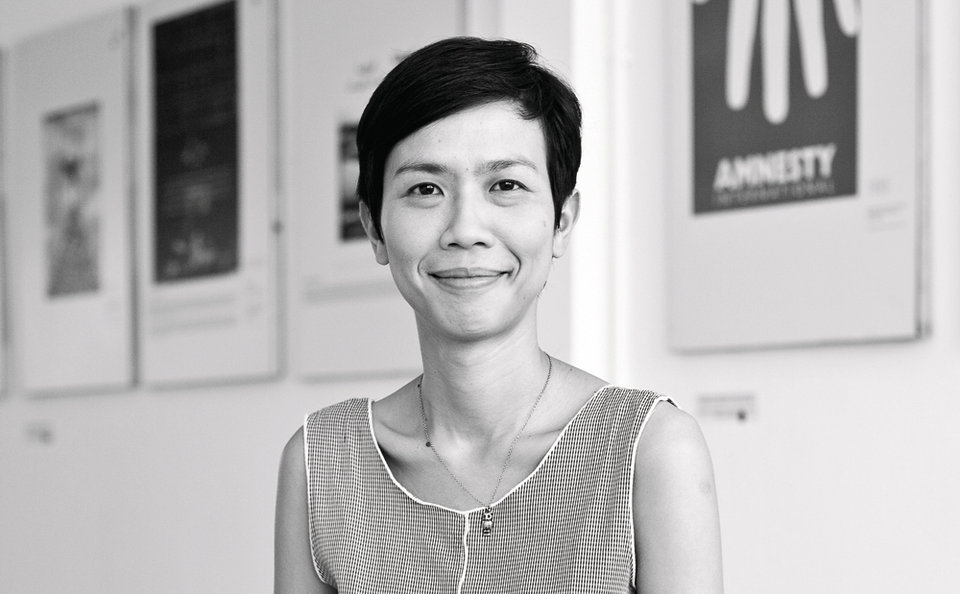 I once heard you say that WTF, the bar, was designed to fund the gallery. Is that still the case?
I once heard you say that WTF, the bar, was designed to fund the gallery. Is that still the case?
Well, WTF is not focused on commercial art, and we still don’t have pressure to sell. The last three shows didn’t sell, actually. But it’s our policy that once or twice a year we choose work that we know will be more commercial. Our financial records show the gallery is actually sustainable. It doesn’t make money. But it’s sustainable.
Why don't the shows sell?
WTF is a platform for undiscovered artists. After doing a show with us they go on to more commercial spaces, and usually sell a lot more. Our last show contained outstanding pictures from a World Press Photo Award winner, but they were really violent pictures. And another section was about underwater life, and they didn’t sell because it’s a social cause.
How do you set the price?
Normally, I let the artist set the price, and they price it so that even a single sale can cover the printing and framing for all the works in the exhibition, and maybe make a little bit of money. Then they submit the price and we look at how many shows they’ve done, whether they have collectors—and we may suggest it’s too high. Mostly our stuff is around B7,000 to 25,000.
What’s a show that did sell?
Albert Yonathan. He has collectors all over the world, and is representing Indonesia at the Venice Biennale. But nobody knows him here. He wanted to sell his art for B40,000 or B50,000 a piece. It is really beautiful but I asked him drop the price by about 20% for Bangkok. We sold 10 or 11 out of 20 of his pieces.
What’s your cut?
At WTF we get a 30-35% cut. Bigger galleries would be closer to 50%. The younger the artist, the bigger the cut, because the gallery is discovering the artist. So they will sign a contract saying the artist can’t have a show anywhere else.
Say I bought a piece of art. Then I want to sell it a year later. Where would I sell it?
Good question. If you’re in the art circle, people do buy from each other. But it’s the beginning. In Thailand, nobody is thinking of art as an investment.
Is the market changing?
I wouldn’t say there are more buyers, but definitely a lot more galleries and platforms for art. And that’s how it grows. First you build the skill, you let artists have more shows. Then you get attention from the buyers.
How about the artists?
Mostly, I don’t know anyone who can just be an artist and live from that. Except maybe Rirkrit Tiravanija.
WTF Gallery & Cafe, 7 Sukhumvit Soi 51, 02-662-6246
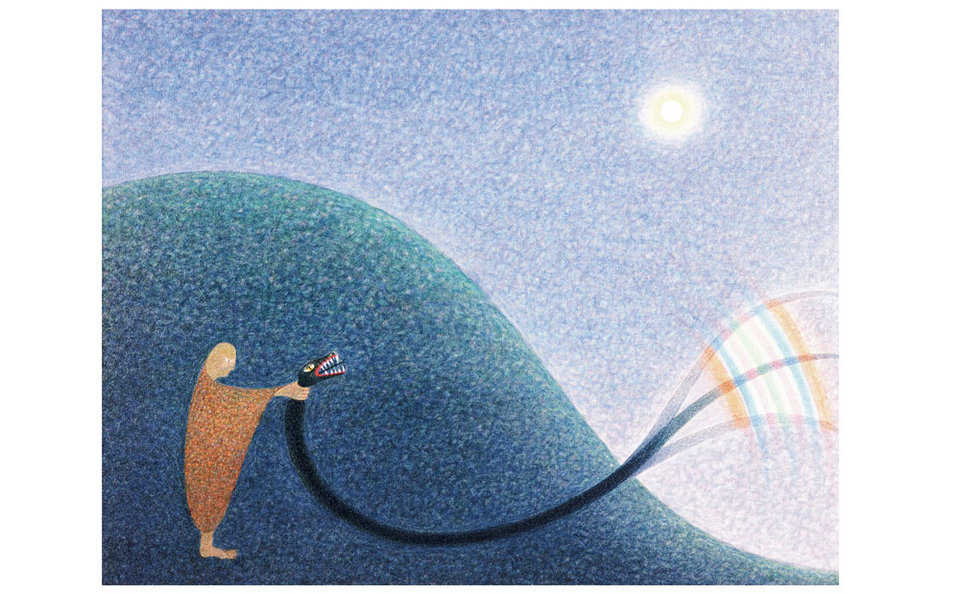
B350,000
Worrariddh Riddhagni. 80x100cm.
 Sombat Permpoon is both a shop and a gallery?
Sombat Permpoon is both a shop and a gallery?
Yes, mainly we deal with the secondary market, actually. We started as collectors. A lot of the artworks we have here are ours that we collected over time. Our other operation is the exhibition space, with shows rotating every one or two months. We take a 30 to 50% cut on those sales, the rest goes to the artist.
What sells the most?
Most people come to us because they know that we sell artists that are really established. They want someone famous, whether for their own status, or because of the financial value. But some people just buy what they love. They aren’t concerned about the name. That type of client is mostly foreigners: they have money to spend and appreciate quality but don’t know the local artists. The third type of clients are really educated about art, they know exactly what they want.
How much do they sell for?
From B2,000 to over B5 million. Our Thawan Duchanee are all sold out, they went for about B4 million each. In the past five years, we’ve sold about six or seven. But you’ve also got inexpensive decorative art. That’s very easy to sell. People buy it to furnish offices, as corporate gifts.
Has the typical buyer changed over the years?
There are definitely younger collectors now, second or third generation Thai-Chinese, educated abroad, and they have this appreciation of the arts. The problem in Thailand is that we’re such a small community, buyers still buy directly from artists or collectors. And a lot of contemporary artists that do appear in auctions outside of Bangkok don’t sell here. It’s a matter of taste, the buyers [for their kind of art] are not Thai.
Sombat Permpoon Gallery, 12 Sukhumvit Soi 1. 02-254-6040.
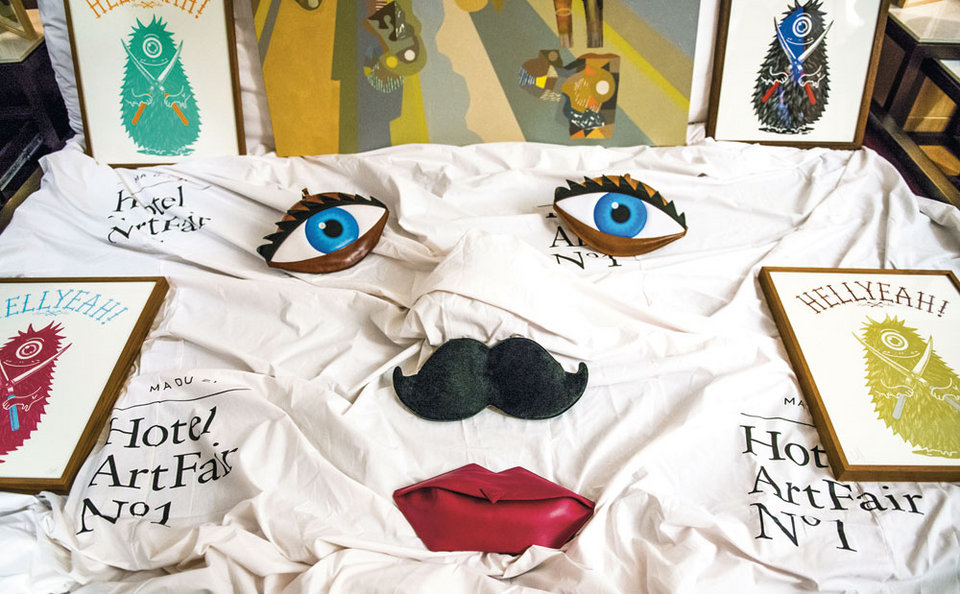
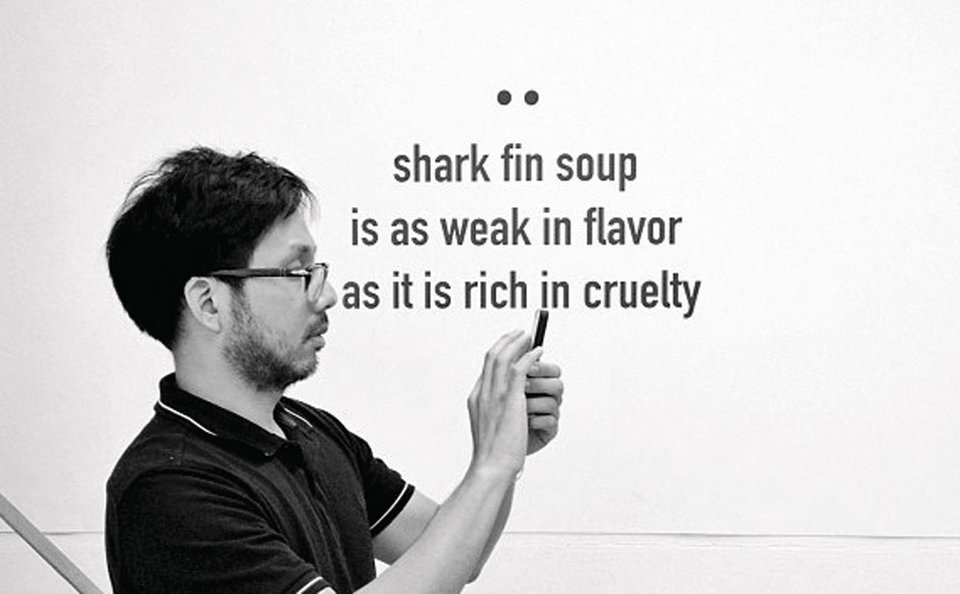 What was the motivation behind the Hotel Art Fair you organized last February at Ma Du Zi?
What was the motivation behind the Hotel Art Fair you organized last February at Ma Du Zi?
My true motivation was to bring people together. Galleries always complain that no one comes to their exhibitions. They ask, “Why are people not interested in art?” People are interested, actually, in the right context. But people are busy, stuck in traffic. The Hotel Art Fair allowed the galleries to come together in the one central location.
How were sales?
I think the galleries were very happy with the sales. I got the 15 rooms for very little and I received a small commission on the gallery sales.
What was the effect of the art fair?
This kind of event makes people relax. When I actually went into the rooms, I could feel it. It’s more intimate. You have your friends calling you over, tapping your shoulder, “Hey, let’s go check this room.” It’s the kind of atmosphere I want to create for shopping. A friendly environment in a friendly manner, where you dress up. You know, Thais don’t like seeing something without a price tag. And you always need something to lure people in so I asked my celebrity friends to join and they know a lot of people.
When is the next one?
The galleries keep asking me that. Soon, but probably in a bigger venue, with a couple more galleries and more international galleries that are in Southeast Asia. But I really want to keep it local and low-key. I don’t want to turn it into Art Basel.
Are artists making a living?
There are some but few. I think they often just stop making art and get another job, just like I did. I used to be a starving artist in New York before I came back here.

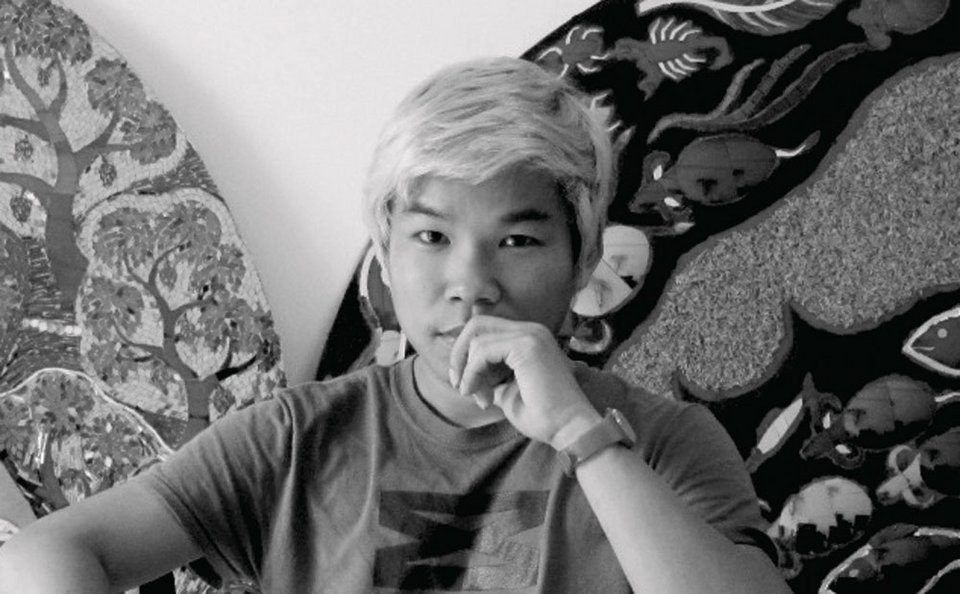 As an artist, can you make a living?
As an artist, can you make a living?
My relationship with Whitespace is just pro bono. We are planning on opening a new gallery in July, near Sofitel So in Sathorn, and I will just be a curatorial advisor. So I do make my living as an artist. But it’s very rare in Thailand. It’s not so easy. I did go through that moment where you can’t live from it. My market is larger, it’s more international. That was my plan, to reach a global level as soon as possible so I could get more sales. It's not the same as local artists depending on the local market. I know maybe one other artist who actually makes a living from her art, but there are very, very few under 30.
How much is the art at Whitespace?
At Whitespace, we sell for B30,000-B200,000. It depends on the profile of the artist: their biography, experience and the quality of the artwork. The buyer might just like the art or they might buy it as an investment, so the experience of the gallery is important, to calculate the quality.
How is the local art market?
There are not that many local buyers or collectors. The market hasn’t really grown so much. People don’t understand how to invest in art. It is changing but very slowly. The confidence in the investment is not there. People just don’t get it.
So if I buy one of your photographs and I want to sell it a year later, how does that work?
You could go back to the gallery and maybe they could help you resell it. Or auction it. Last year, in May, at Christies in Hong Kong, they auctioned one my photographs, Isarn Boy Soi 4. It had been bought for B50,000 at Whitespace and it was estimated at B80,000, starting price, but it didn’t sell. It’s going up for auction again this year. If it sells, I’ll adapt my prices to that new price.
What’s Whitespace’s cut?
Whitespace takes 50%. I think it’s standard. The gallery business has to be able to run, too.
What needs to be done to grow the market?
I believe there are people with enough money out there, but the galleries have to give them more confidence. They need to be told that they’re not just buying art because they like it but also as an investment. That’s how we’ll grow the market.
WhiteSpace Gallery, 2/F, Block 16, Lido Theater, Siam Square, Rama 1 Rd., 02-252-2900.
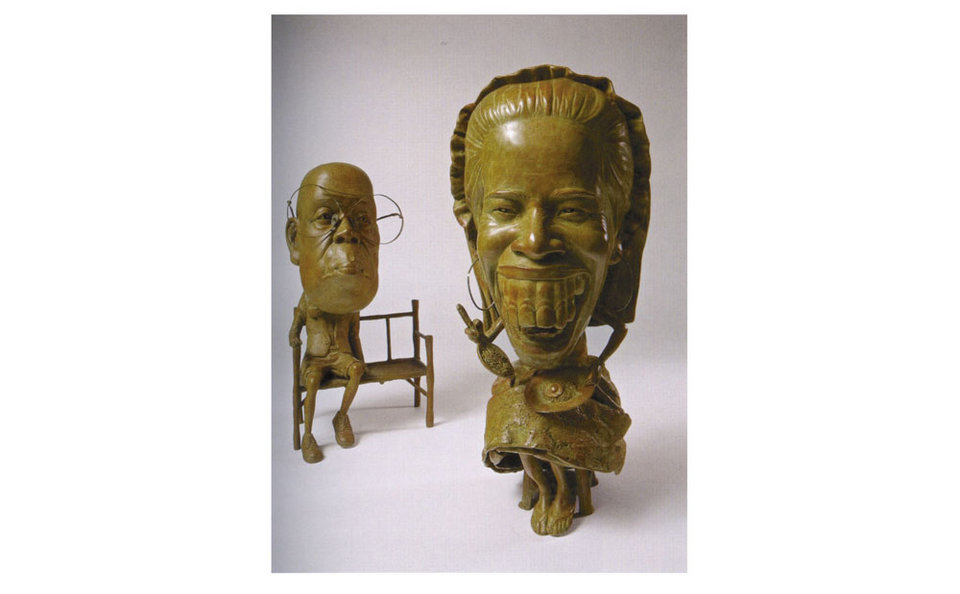
 Why aren’t we seeing contemporary art auctions in Thailand?
Why aren’t we seeing contemporary art auctions in Thailand?
Well, there are many galleries—artworks are readily available. But the approach towards art is more conservative, always going through friends and dealers. This is not to say that it will not change in the future. Once the momentum of collecting is there, there will be more avenues, such as auctions.
What does it take to get there?
More effort in promoting artworks by galleries, by artists. There should be a fair showcasing Thai artists, raising awareness. Major cities have this, not just to attract the local crowd, but to attract regional or international buyers, too. What is lacking is a more concerted effort among the galleries and the artists, and perhaps even the collectors and authorities, to come up with a platform to promote fine art.
Who is buying Thai art at your Hong Kong auctions?
Art lovers! For now, a lot of the works are collected by regional collectors of contemporary or modern period artists. They’re seeing it as part of a Southeast Asian collection. This kind of art is still very accessible.
What's the profile of the seller?
They’re from all over. But we’d like to see more Thais—the Thais who currently only buy from galleries and shows.
What’s your cut if you auction off a painting?
Well, first we need to assess it and determine if there’s a market for it. Then we take it as a consignment and draw a commission from that, which can be about 10%.
Which artists in Thailand are marketable?
Currently, the ones showcasing their work in the major Thai galleries. I can’t name names but the art market knows who these galleries are. For me, the most important thing is to not just have the demand from abroad, the local community’s support is much more important. An artist should have a strong home base.
Is the Thai market growing?
We are seeing increasing activity from the Thai market, more Thais coming to the auction. For Southeast Asia, the two big markets are Indonesia and the Philippines. When we first started in the Philippines, it was similar in many ways to Thailand today, with a lot of collecting going through middle men. But they opened up to buying and selling through auctions and it’s taken their art market a lot further—and it’s showing in the figures. In Thailand, it will be the same. Local support is very much needed. When regional buyers see more exposure for Thai artists, they’ll hop onto the bandwagon.
Is now the right time to buy Thai art?
Sure, there’s no better time to start. It might be a bit too early. Thais aren’t open about publicly showing [and selling] art. Maybe it’s the culture. People tend to be a little more humble or modest. It’s going to take some time to cultivate this way of procuring or selling art.
*Estimated prices for Sotheby's Apr 6 sale of Modern and Contemporary Southeast Asian Paintings which took place in Hong Kong. Final sales were unavailable as of press time. Visit sothebys.com for details and upcoming sales.
Advertisement